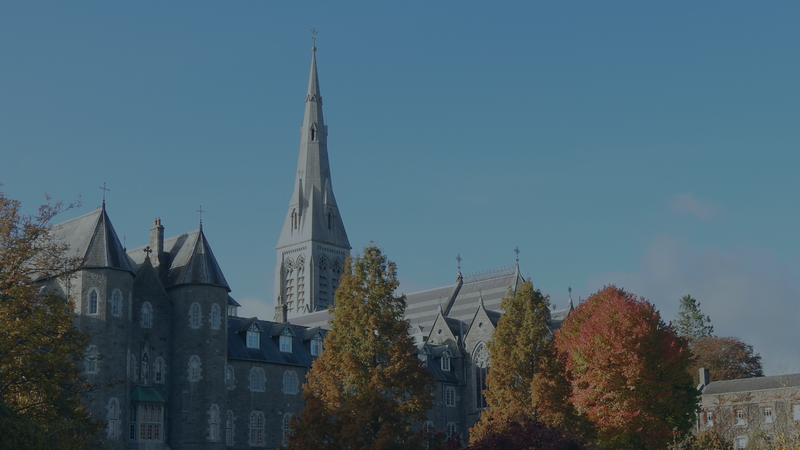Module Level
Level 9/10 STL Reading Course
Assessment
A formal seminar presentation and two end of semester papers.
Module Aims
“What we call the beginning is often the end. And to make an end is to make a beginning. The end is where we start from”. The Little Gidding by T. S. Eliot.
Beginnings and endings of narratives markedly influence readers. Gospel prologues and the opening of Acts prepare and form prospective readers of the following narrative. The endings of the Gospels and Acts close their respective narratives, but they also leave much open inviting the readers to respond. Endings greatly impact readers’ overall impression of the literary works. The reading course includes a selection of monographs and articles which illustrate the variety of narrative methods currently employed to explore these texts. The focus will be mostly on reader response criticism, including feminist and postcolonial criticism, but some literary, rhetorical and genre analysis will be included.
Learning Outcomes
- — Students will become familiar with a variety of approaches to the openings and closures of narratives
- — Students will become aware of the complex interaction between text and readers at the pivotal limits of narratives
- — Students will explore how the diverse narrative limits disclose distinctive theologies, including Christologies and Ecclesiologies
Bibliography
- — Alexander, Loveday. 1999. "Reading Luke-Acts from Back to Front." Pages 419-446 in Unity of Luke-Acts. BETL 142. Leuven: Leuven University Press, 1999.
- — Bourquin, Yvan. "Encadrement et circularité dans les Évangiles: variations sur le renvoi du lecteur au monde réel." ETR 91 (2016): 351-370.
- — Burridge, Richard A. What Are the Gospels? A Comparison with Graeco-Roman Biography. Biblical Resource Series. Grand Rapids: Eerdmans, 2004.
- — Coleridge, Mark. The Birth of the Lukan Narrative: Narrative as Christology in Luke 1-2. JSNTSup 88. Sheffield: Sheffield Academic, 1993.
- — Hays, Richard B. Reading Backwards. Figural Christology and the Fourfold Gospel Witness. Waco, TX: Baylor University Press, 2014. Repr., London: SPCK, 2015.
- — Hooker, Morna D. Beginnings: Keys that Open the Gospels. London: SCM, 1997. Repr., Eugene, OR: Wipf & Stock, 2010.
- — Hooker, Morna Dorothy. Endings: Invitations to discipleship. London: SCM, 2003.
- — Johnson, Bradley T. The Form and Function of Mark 1: 1-15: A Multi-Disciplinary Approach to the Markan Prologue. Eugene, OR: Wipf & Stock, 2017.
- — Lunn, Nicholas P. The Original Ending of Mark: A New Case for the Authenticity of Mark 16:9-20. Cambridge: James Clarke, 2015.
- — Marguerat, Daniel. The first Christian historian. Writing the ‘Acts of the Apostles’. Cambridge: Cambridge University Press, 2002.
- — Moloney, Francis J. Beginning the good news: A narrative approach. Eugene, OR: Wipf & Stock, 2006.
- — Smith, Dennis E., ed. "How Gospels Begin." Semeia 52 (1990) 1-192.
- — Troftgruben, Troy M. A Conclusion Unhindered: A Study of the Ending of Acts Within its Literary Environment. WUNT 2/280. Tübingen: Mohr Siebeck, 2010.

